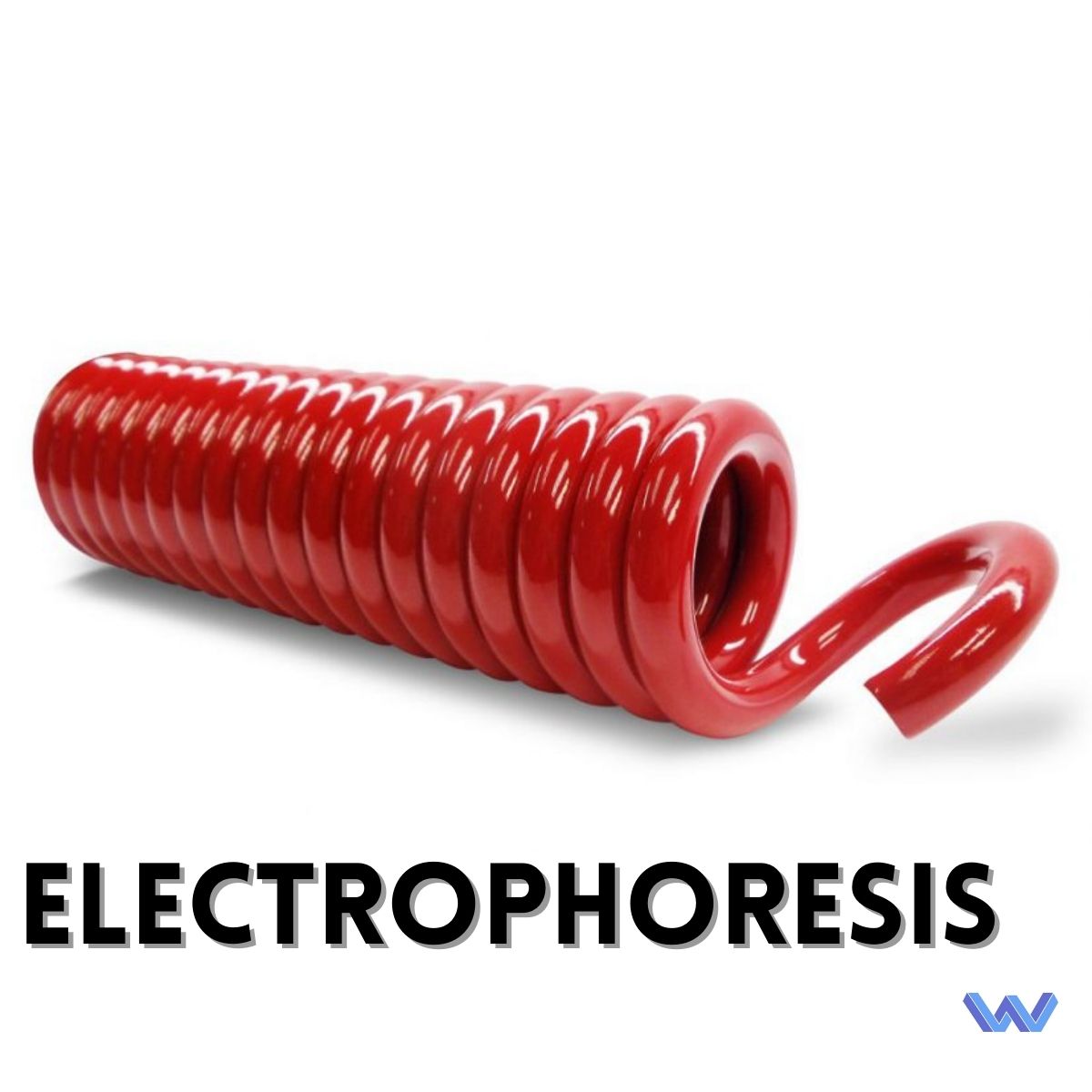Electrophoresis is a surface finishing technique commonly used in manufacturing and CNC machining services. It is utilized to apply a uniform and corrosion-resistant coating of paint, lacquer, or other materials to a metal or plastic part. The process involves immersing the part in an electrolytic solution containing the coating material and then applying an electrical charge to the part and solution.
The electrical charge causes the coating material to migrate towards the part’s surface and adhere uniformly to it. Subsequently, the charge is reversed, drawing any excess coating material back into the solution. This results in a high-quality coating that is both durable and visually appealing.
Electrophoresis is especially effective for coating parts with intricate details and complex shapes, making it a widely utilized technique in various industries, including automotive, aerospace, electronics, household appliances, and furniture manufacturing. It is a versatile and cost-effective surface finishing technique that can be customized for various manufacturing applications.
In summary, electrophoresis is a crucial tool in the manufacturing industry and CNC machining services that can produce high-quality and corrosion-resistant coatings on parts, ensuring that they have a professional surface finish.


